Trip Idea
Anza Trail
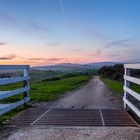
| Topic(s) | Explorers and Expeditions, Foothills, Plains and Valleys, Forests and Woodlands, Mountains, Night Sky, Scenic Views, Trails, Swamps, Wilderness, Natural Sounds more » |
| Activities | Camping, Hiking |
-
- Activity Fee: No (Entrance fees may apply)
- Reservations: Yes
- Activity: Camping
- Pets: Yes with Restrictions
- Location: Chitactac-Adams Heritage County Park and Expedition Camp #92
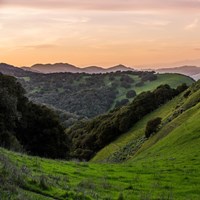
The camp for March 24, 1776 was at Llagas Creek in the city of Morgan Hill. Along the way, many natives (and a village) were encountered. At Chitactac-Adams Park (10001 Watsonville Rd., Gilroy), you can visit a Mutsun Ohlone village site along Uvas Creek to view petroglyphs, bedrock mortars and interpretive exhibits about the Ohlone culture. Nearby is DeBell Uvas Creek Park Preserve.
View Details -
- Activity Fee: Yes
- Reservations: Yes
- Activity: Hiking
- Pets: Yes with Restrictions
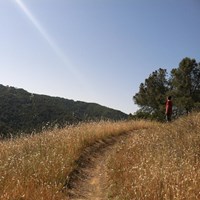
On March 25, they camped at place that they called San Joseph de Cupertino, a name that is preserved today in the city of Cupertino to the east. From here, Font and Anza remarked that they could see the San Francisco Bay. Today, from McClellan Ranch Park (22221 McClellan Rd.) or on the "knoll" at Rancho San Antonio County Park (on Cristo Rey Dr.), visitors have vistas that extend to the bay.
View Details -
- Activity Fee: Yes
- Reservations: Yes
- Activity: Hiking
- Pets: Yes with Restrictions
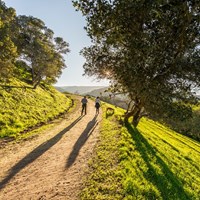
Anza and the exploratory group came back to Santa Clara county on their way back from S.F. en route to explore the East Bay. Father Font measured El Palo Alto by using a device that measures angles, together with some trigonometry. This 'tall redwood tree' still stands today (El Camino Real at Alma St., Palo Alto). After traveling south parallel along the shoreline from Palo Alto, camp for March 30 (#97) was on the banks of the Río de Guadalupe (Guadalupe River).
View Details -
- Activity Fee: Yes
- Reservations: Yes
- Activity: Hiking
- Pets: Yes with Restrictions
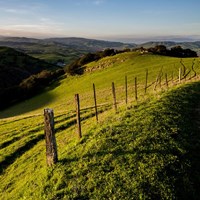
Named after the patron saint of the expedition, the Virgen de Guadalupe, San José was the first civilian Spanish settlement in California. It was founded in November of 1777 by Lt. Moraga and a handful of Anza's settlers. Around 1797, the settlers built adobes around a central plaza that is today Plaza de César Chávez. Several abodes (including adobes) of expedition members and descendants can be seen in the Santa Clara Valley.
View Details -
- Activity Fee: Yes
- Reservations: Yes
- Activity: Hiking
- Pets: Yes with Restrictions
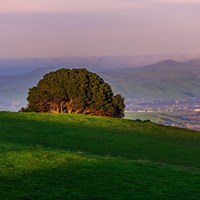
Los Cruzeros was a stop on Anza's southbound route getting back to Monterey from the East Bay. The camp is within Henry Coe State Park, as are campgrounds and a visitors center. To reach the park, take the East Dunne Ave. or Leavesley Rd. exits east and follow the signs to the park.
View Details
Last updated: October 7, 2020
